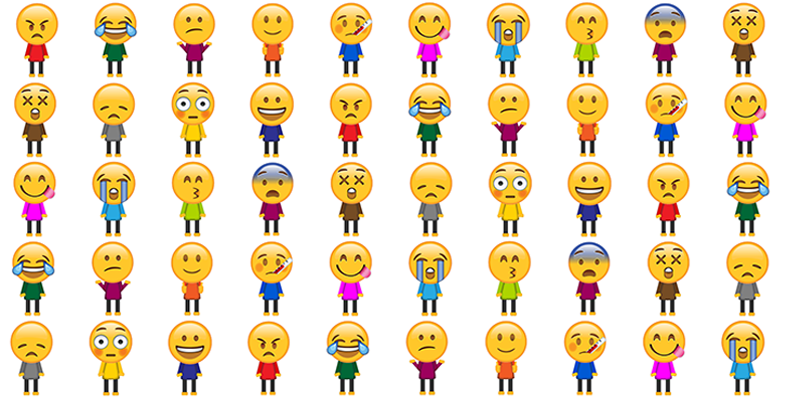3.1 Textspeak and language change
The principal function of emojis, though, is as a means of communication. And it’s in this context that laments such as the one in the New York Post are framed. Almost identical sentiments could be found in several other publications in the middle of the decade. For example, an article cited in the Huffington Post in 2016 complained that ‘after 5,000 years of technological progress, we’ve returned to eking approximate meaning from pictograms’ (Smithurst, cited in Gage, 2016). Or there was the assertion on CNBC that emojis are evidence of the ‘the death of written language’, and that we seem to be ‘regressing back to the age of hieroglyphs’ (Mody, 2015).
It was only a dozen or so years ago that the focus of these sorts of newspaper articles was on textspeak (or as it’s sometimes written, txtspk) – the medium-specific register that evolved around text messaging (Crystal, 2009). Things such as non-standard spelling, truncated grammar and a relaxed attitude to punctuation were cited as examples of ways in which this ruin was setting in. Ten years on and the odd initialism (an abbreviation made by pronouncing the initials of individual words) might persist – terms such as LOL (‘laugh out loud’) or tl;dr (‘too long; didn’t read’) retain their popularity. But other than a handful of examples, language continues much as it ever has. Texting didn’t have a fundamental influence on English, or any other language.
By the 2010s the moral panic over txtspk had mostly subsided, and the focus had shifted instead to emojis. Almost identical sentiments about them replacing English, ruining people’s literacy skills, and so on and so forth, simply shifted across from text messaging to emojis. And a common refrain throughout was that emojis were returning us to the origins of writing – and thus wiping out over 5000 years of progress.
